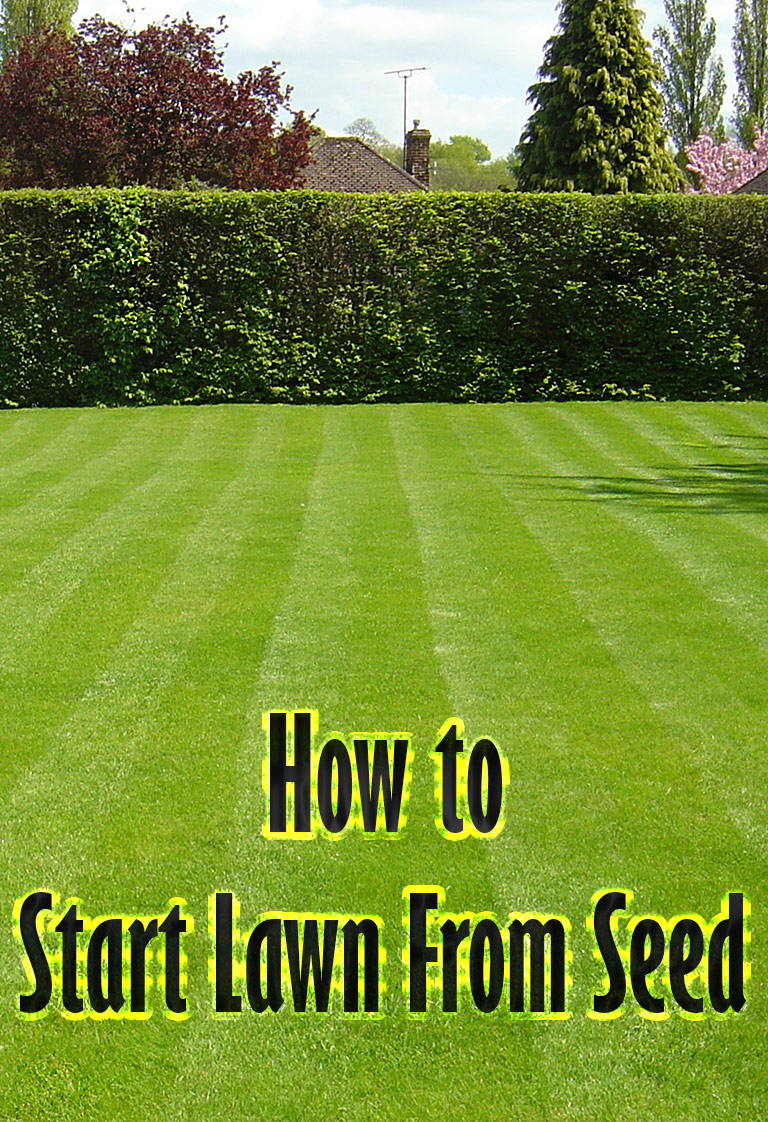
To start new lawn from seed, many people wonder which is better: laying sod or sowing seeds. While laying sod is fast and produces high-quality new lawns, seeding lawns is cheaper and offers a wider variety of grass types. Check with your county extension to learn which grass types are best for your region, or just check out the gardening section at the nearby home improvement store (they will have grass seed suitable for your area).
Starting a lawn from seed is a project of average difficulty and requires one hour of your time per every 10 square feet to be covered, not counting every step in preparation. In fact, as you read the steps presented below, you will soon understand that a lot of the work involved is prep work.
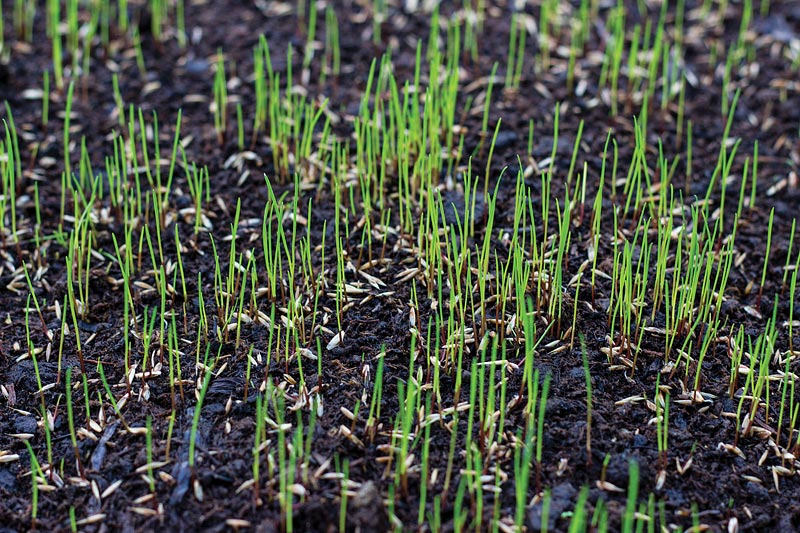
Steps in Starting a New Lawn From Seed
- Remove the old grass plants and/or weeds, if any exist (if you already have bare ground, you are one step ahead). One way to accomplish this is by digging them out with a flat-bladed shovel (make sure you get the roots). Another method is to apply an herbicide, then rent a sod-cutter to remove roots and all. But there are a number of ways to get rid of grass, some organic, some not. Before proceeding further, have your soil pH tested. Most lawn grasses prefer a pH of 6.0 to 7.5. If the test reveals that you need to adjust the pH, do so in conjunction with Step #2. The most common adjustment required is to sweeten an overly acidic soil by applying garden lime.
- Break up the compacted soil with a tiller. Tillers (also called rototillers) can be rented from your local rental center.
- Spread a starter fertilizer over the now-loosened soil. This type of fertilizer is high in phosphorus, the middle number in the NPK sequence on a fertilizer bag.
- Also spread a soil conditioner over the soil. “Soil conditioner” is often what it’s called at the store, but if you have a good supply of compost at home, it will serve just as well as a soil amendment.
- Again using the tiller, till the starter fertilizer and soil conditioner (or equivalent) into the soil. I know this seems like a lot of work, but good soil preparation is one key in starting lawns from seed successfully.
- Now rake the soil to begin to level it out, removing any rocks and debris that you find. To avoid problems with excess water-runoff, make sure that any site grading you do allows water to flow away from your house.
- This step requires a roller. Rollers, like tillers, can be rented from your local rental center. Fill the roller’s drum with water, then use the roller to finish leveling the soil. Water the soil lightly.
- For this step you will need a seed spreader. Following the recommended seeding rate (as listed on the bag of grass seed), spread 1/4 of the seed over the entire lawn area. Then repeat three more times, each time using 1/4 of the seed. However, each of the four times you distribute a load of seed, push the spreader in a different direction, to encourage even dispersal.
- Rake lightly, so as to cover the seed with a thin layer of soil.
- For this step you will use the roller again. But first you will empty out the water from the drum, because you want it lighter this time. Now roll the lawn surface.
- You are done seeding the lawn, but you are not done working, because you are now entering the “care phase” of the project. The seeds must be watered properly, in order to germinate. Use just a fine spray, as you do not want to create a flood. The soil should be kept evenly moist, which may mean several waterings per day (depending on the weather).
- After the grass blades sprout, you will still need to water a couple of times per day. If you know your schedule will not permit this, now is the time to look into automatic irrigation systems, before starting a new lawn.
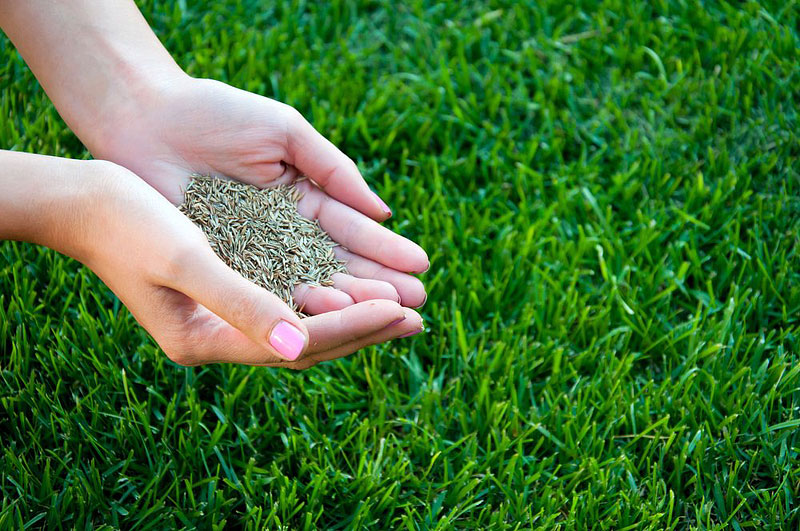
Tip: When to Plant Grass Seed
- What is the best time for seeding lawns? I will begin my answer by warning you about the wrong times, so that you can eliminate those periods from consideration right away. The prep work can be executed only during those months when the ground is not frozen, so, in the Far North, that often leaves out the earliest portion of the spring. Besides, it would be too cold then; cool-season grasses begin to come into their own during time periods when it is consistently 60 degrees Fahrenheit outside during the day. At the other extreme, mid-summer is hardly ideal for starting new lawns, since hot weather dries soil out quickly.
- Generally, early fall is the best time for seeding with cool-season grasses (mid-spring is the second best time), which are the grasses commonly used in the North. Since crabgrass is dead by then, you will have fewer weed problems. Early spring is best for warm-season grasses, which compose the typical lawn in the South.
Supplies That You Need
- Spreader
- Tiller (rototiller)
- Roller
- Grass seed
- Starter fertilizer
- Soil conditioner
- Rake
- Depending on the method for getting rid of grass that you choose, you may need a flat-bladed shovel, herbicide, sod-cutter, or various other supplies (disregard this if you are beginning with bare ground).
If you have trouble picking the right grass type for your lawn, check out our top 10 lawn grass types.

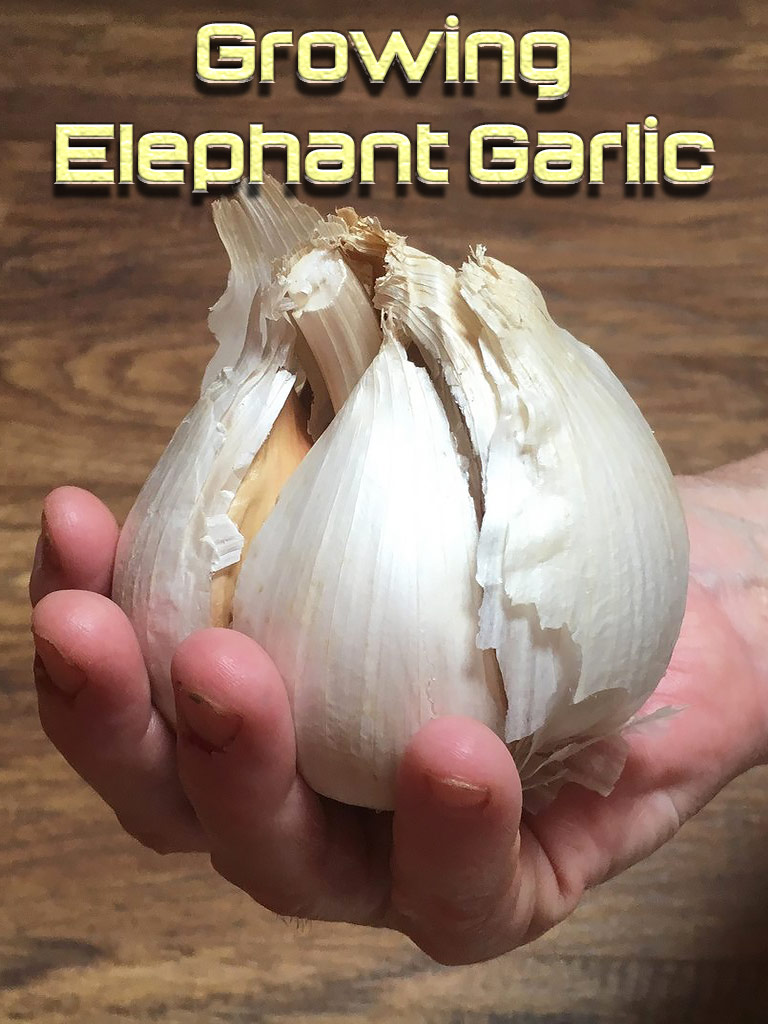
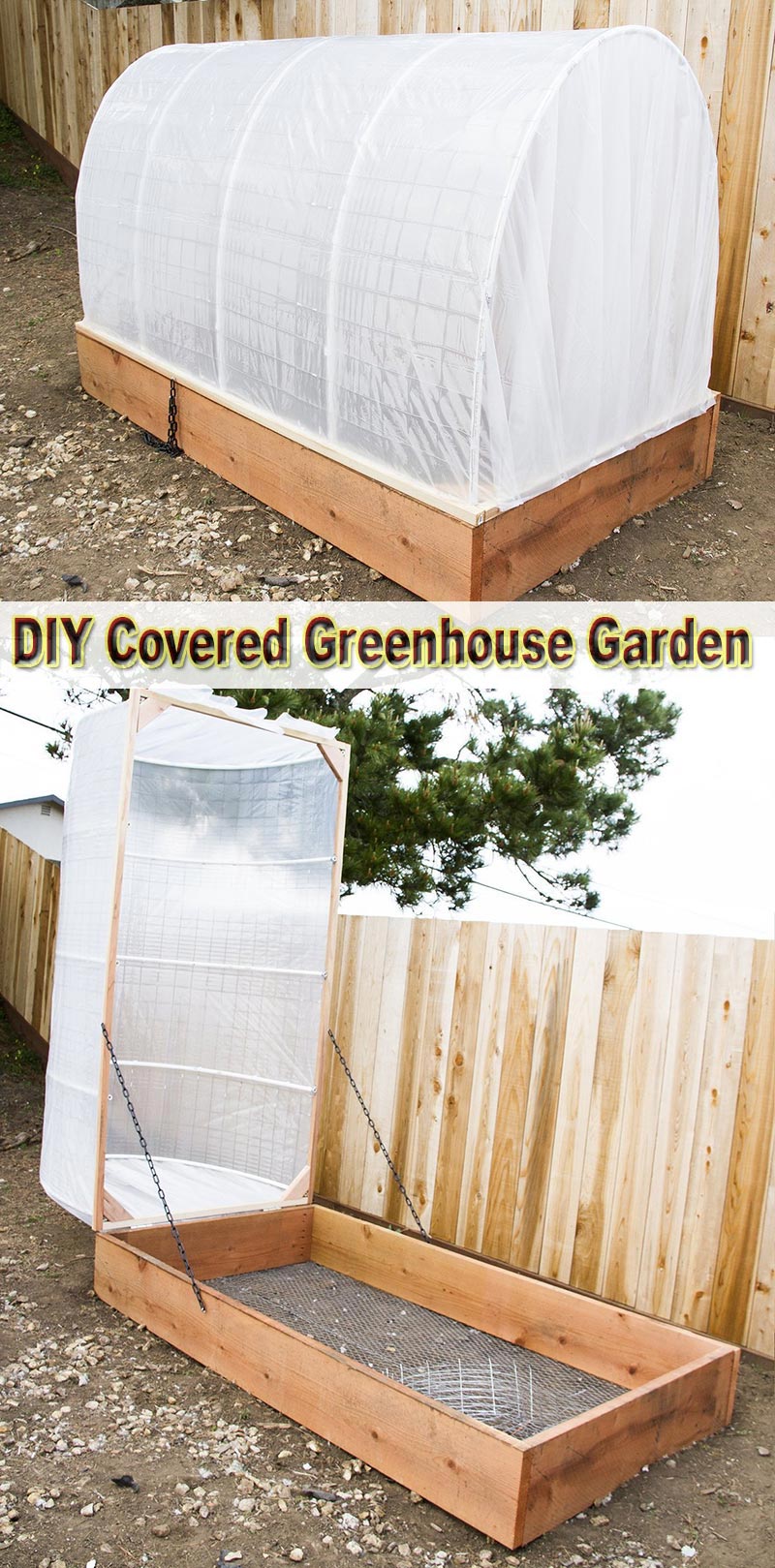
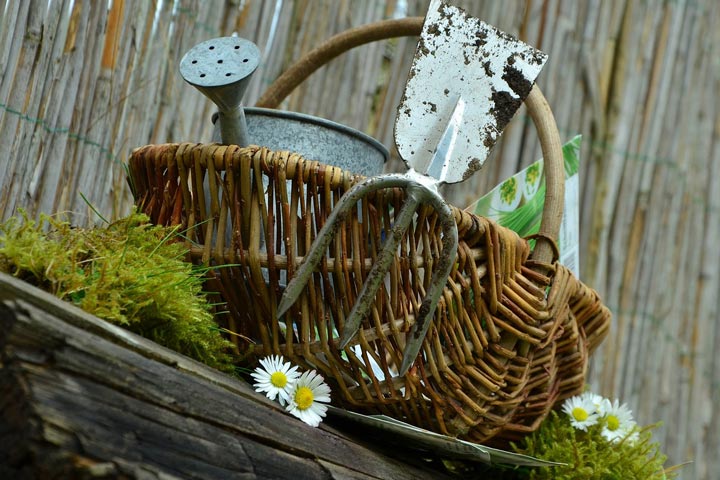
Leave a Reply